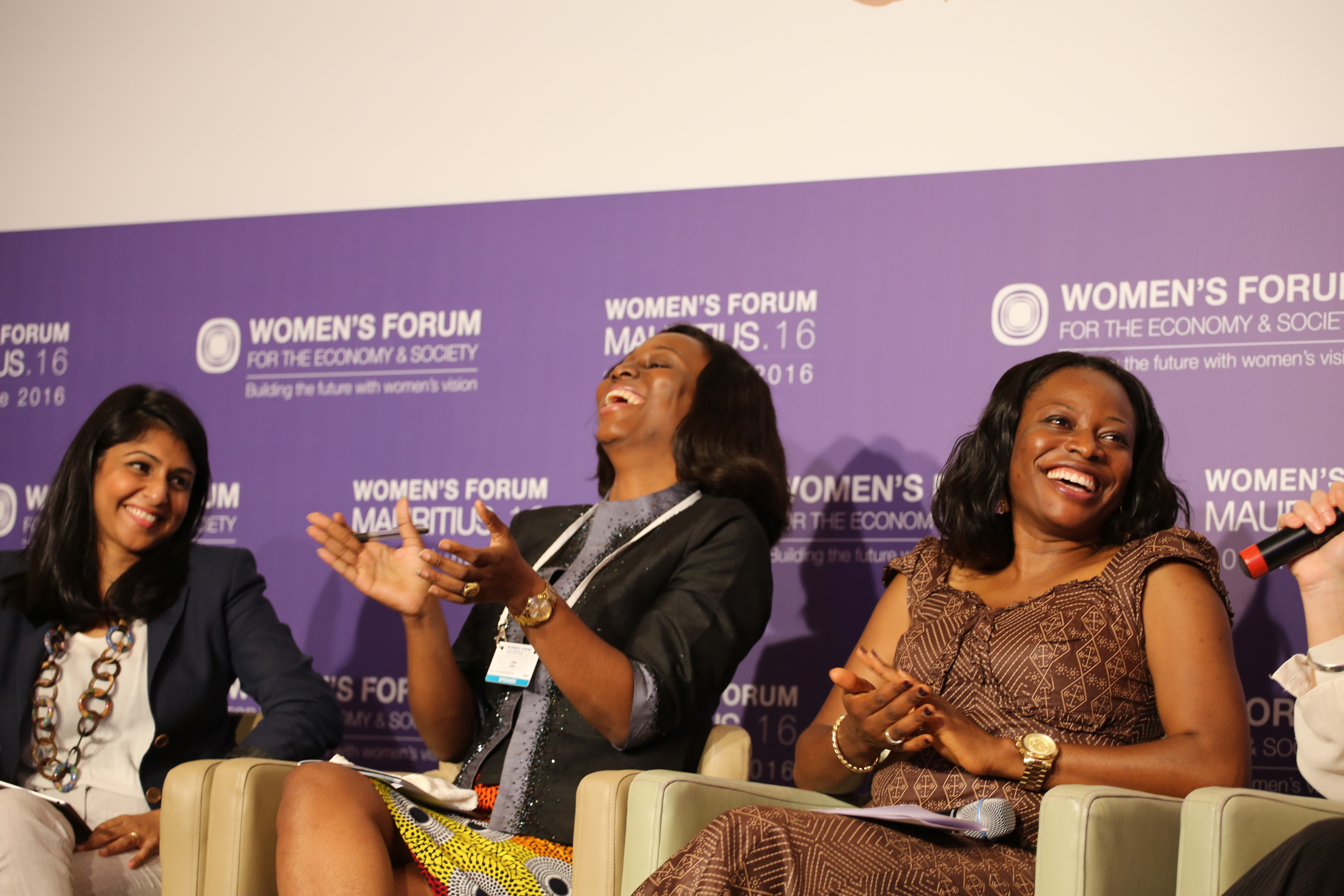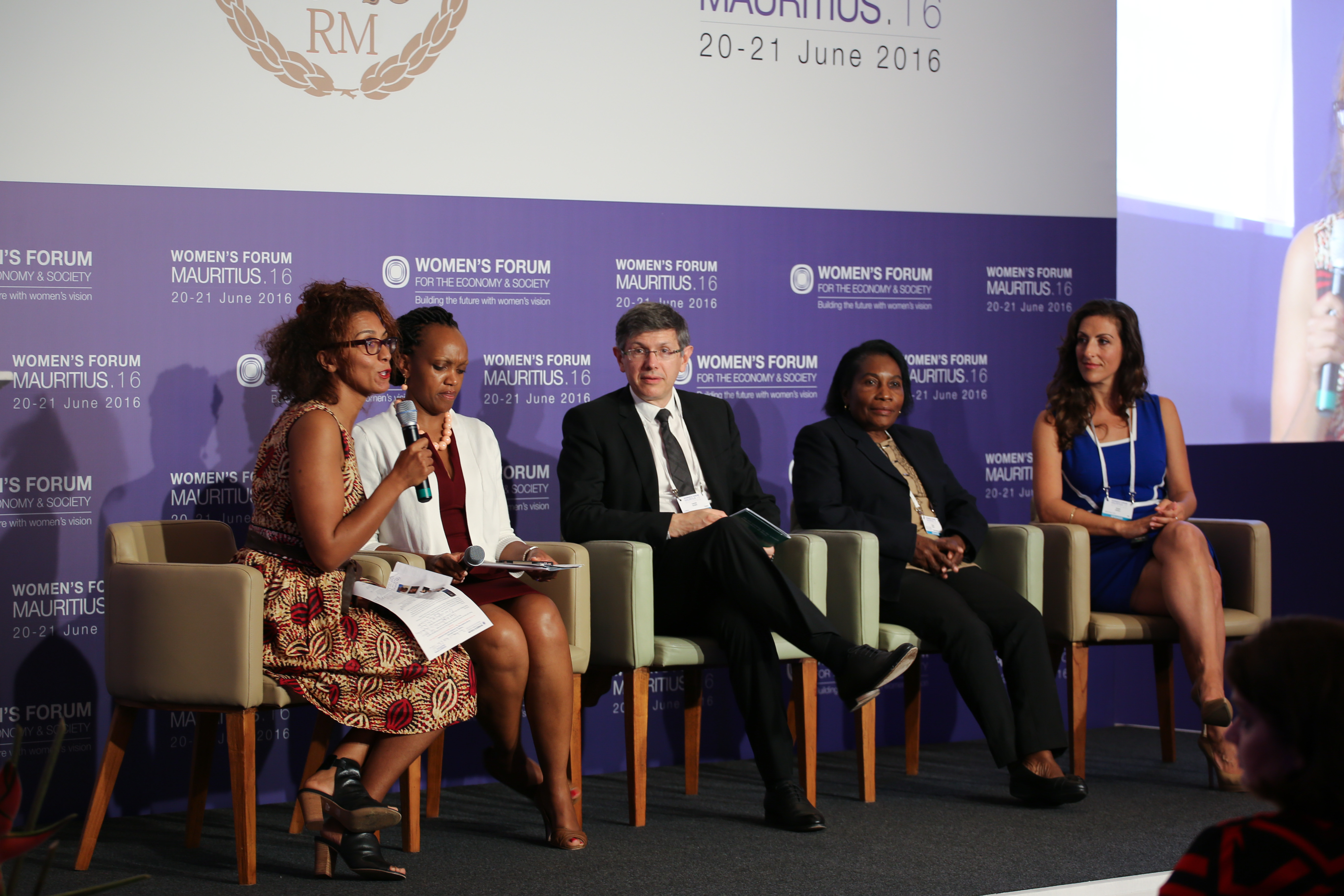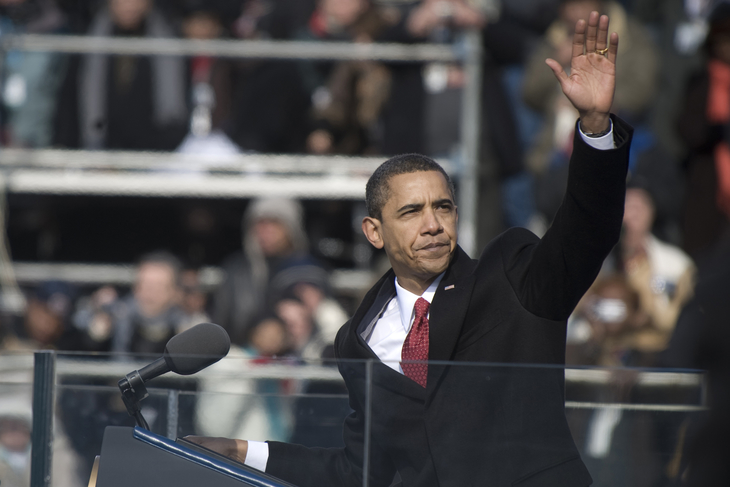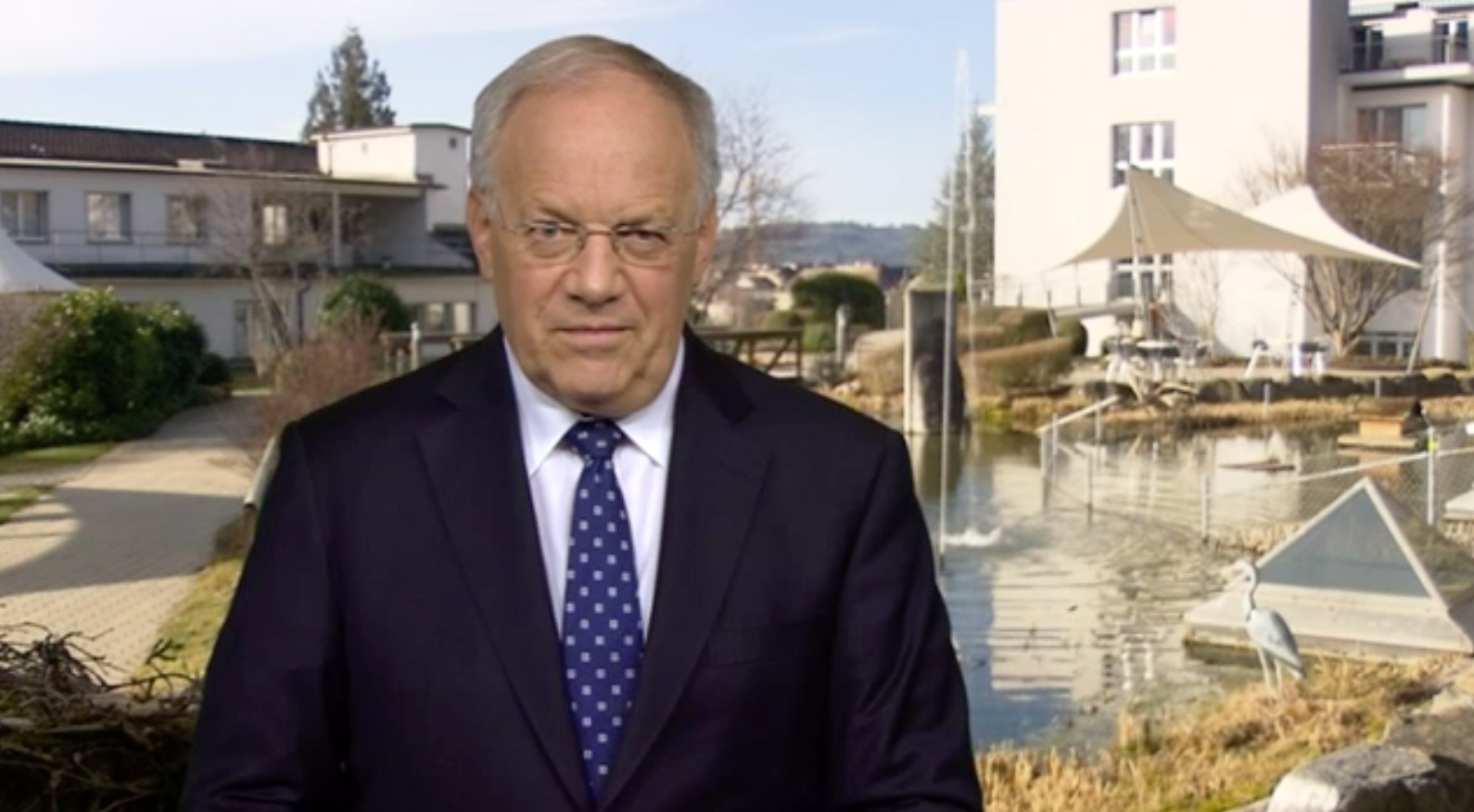
by Claire Doole | Aug 29, 2016 | Blog
I hear all too often people saying, at events and conferences, that they enjoyed the networking but that the panel discussion was disappointing.
Why does this happen? The panelists are not experts so lack credibility, pressure to put sponsors or friends in the limelight, poor moderating?
Or is it just that panelists don’t know the rules of the game?
As a professional moderator, drawing on my background as a BBC journalist and presenter, I wanted to share with you some of my observations and tips on how to become the perfect panelist.
# Be prepared – Think about why you were invited. What messages matter to the audience? What do you have to say that is interesting and new? What evidence do you have to back up your comments? What do you want the audience to takeaway?
# Arrive early – Make sure you attend the speakers briefing. Check the microphones, the seating and room acoustics. Give yourself a few minutes to relax and focus before you go on stage.
# Be clear, concise and conversational – Don’t talk in jargon, the audience won’t understand. Do not go off topic or sound scripted.
# Be memorable – Bring something personal to the discussion, an anecdote, a story or even a prop to underline a point.
# Add to the discussion flow – Don’t just repeat what the previous panelist has said. Remember to use the “yes and” as well as “yes but” techniques to keep the conversation going.
# Be engaged throughout – Listen with intent. Even when you are not talking, eyes are still on you so avoid the “emotional leakage” that tells the audience you are tired, bored or distracted.
# Be timely – Stick to the time agreed with the moderator for your opening remarks and closing comments. When the moderator or conference host indicates it is time to wrap up don’t tell them either they are too “Anglo-Saxon” or “like a Swiss cuckoo clock”. Honestly, I have not made these quotes up!
# Be courteous – Remain polite towards the other panelists. Don’t cut them off, talk down, dominate, always have the last word. Avoid having a one-on-one conversation with one of the panelists, excluding the others and the audience. I have seen this happen, and you can guess the gender of the culprit…
# Be respectful – It takes courage to ask a question in public during the Q and A session. Acknowledge the contribution. If the question is not clear, do reframe it for clarity.
# Do not rush out of the event – Stay and mingle with participants – you have just been a great panelist and can expect lots of interest in your work and ideas.
Remember it is not just about being an expert, but also being likeable and building rapport with the audience.
Related articles:
Creating a perfect panel
Taking the stress out of moderating
If you would like to attend a workshop or have a coaching session with Claire on how to moderate like a professional or have Claire moderate your event, do get in touch.

by Claire Doole | Jul 12, 2016 | Blog
Moderating a panel discussion is stressful. The moderator has to master the subject matter, keep the panelists on message, and manage the audience’s attention span.
It is very easy to do badly – much harder to do well.
Recently, I moderated two high-level panels at the World Humanitarian Summit in Istanbul, where the International Committee of the Red Cross (ICRC) was launching a new financing mechanism with the support of the Belgium government.
When you have panelists of the caliber of the deputy Prime Minister of Belgium, President of the ICRC and Vice President of the European Commission, how do you as the moderator ensure that the discussion flows and the audience is captivated?
Below are my 10 tips for those who have been asked to moderate an event, or to brief a professional moderator:
• Allow time for briefings
I ask the organiser to explain the purpose of the event and the key messages to come out of the discussion.
• Do your research
I google the speakers, watch them on YouTube and see if they have done a TED talk, as this gives me a good idea of what they have to say and how they come across.
• Skype beforehand
I organise a Skype call with each panelist, so I can find out what they want to say and comment on. I send them the line of questioning with a proviso to be ready for follow-ups and to react to the other panelists. I also send detailed timings.
• Meet the speakers on the day
This builds rapport, ensures you know how to correctly present them, and gives you a chance to go over who sits where and which mikes to use.
• Position yourself within eyeshot
I sit either in the middle or on the end, but I make sure I have eye contact so I can either encourage participation or intervene if need be.
• Nail your opening
The first 40 seconds is key as you are at your most nervous and the audience is weighing you up. I set the tone with some punchy opening remarks – similar to a TV or radio presenter. (See the video at the bottom of the page)
• Keep the panelists to time
I am not afraid of intervening if someone is failing to answer the question or taking too long to make a point. I know that this usually gets the thumbs up from the other panelists and the audience.
• Observe the audience
If they are disengaged, I encourage them to participate – asking for a show of hands, and going to questions early.
• Questions rather than comments
When I introduce the Q and A session, I remind the audience that I am looking for questions not remarks. I repeat the question so everyone understands it
• Bring the event in on time
I summarise the main points at the end, ask the panelists to give their final remarks or call to action in no more than a minute. I back-time the event like a radio or TV programme ensuring we come out on time.
Follow these tips and your panel discussion should flow like good wine!
If you are still wondering about how to make a punchy opening, watch how I did it at the World Humanitarian Summit in Istanbul. My opening remarks are at 00:12.
Moderating high-level panels at the World Humanitarian Summit from Claire Doole Communications on Vimeo.
PS: Are you not moderating the panel, but still organising it?
Then read my blog How to create a perfect panel and do select a moderator who takes the stress out of moderation for everyone concerned.

by Claire Doole | Jul 11, 2016 | Blog
I have just come back from Mauritius where I was interviewing some amazing women at the Women’s Forum for the Economy and Society.
I also had the opportunity to observe many top class panels on the themes of sustainable development and climate change. This got me thinking about what makes a perfect panel.
As a former BBC correspondent and presenter, I am often asked to moderate panels and know how stressful they can be for everyone concerned.
So on the 11-hour flight back to Geneva, I jotted down some notes on how to take the stress out of moderation.
They are based on my experience as a moderator, but also as a BBC producer and presenter. For many years I set up panel discussions for myself or other journalists to present. I had to come up with a newsworthy topic and then find, two, maximum three, panelists. I was looking for subject experts, who had different opinions and who could express them clearly, concisely and compellingly.
Below are my 10 tips for organisers on creating a perfect panel:
#1 Select on merit
No one should have a seat on a panel just because they are a friend of the organiser or a sponsor of the conference to sit on a panel. Everyone should be there based on the relevance and power of their ideas.
#2 Test them out
You need to draw up a short-list of candidates and start speaking to them. Do they have something to say that the audience has not heard before? Are they willing to be challenged or express views on related subjects? Are they articulate?
#3 Restrict the panel size
A friend once had to moderate a panel of 10 people. Needless to say it was a disaster. Three or four panelists are ideal as this gives enough time for them to present their ideas, engage with each other and the audience.
#4 Add gender diversity
A mix of men and women is ideal as it is so much more interesting for the audience to hear and see different views on a panel. As you see from the photo at the top of this blog, the Women’s Forum gets top marks for panel size and diversity.
#5 Avoid death by PowerPoint
PowerPoint is a crutch. Most people use it wrongly – the documentation as presentation syndrome. If the format of the panel is for each person to do a short presentation then a couple of highly visual slides work. But once you are into the discussion, PowerPoint breaks up the flow.
#6 Say no to Skype
At the Women’s Forum I did do an interview over Skype (audio only due to bandwidth issues), but this was because the participant was not able to attend due to ill health and one of the most naturally powerful communicators I have ever encountered.
But Skype does not work for panels. I had the misfortune once to moderate a discussion where the first panelist came over Skype. The sound and picture quality was appalling. On top of this her English was too heavily accented for anyone to understand what she was saying.
#7 Fluency
In the previous instance, I also had a panelist who said he understood English but in fact he didn’t so he could not interact with the woman on Skype. Check the language the panelists want to speak in and arrange professional translation if needed.
#8 Vary the length of the panels
At the Women’s Forum the panels varied from 35 minutes to 1 hour 25 minutes. The length depended on the subject matter and number of speakers. Varying the length also helps the audience better focus, as everyone tends to overestimate attention spans.
#9 Select a competent moderator
Good moderation can make all the difference to the success of your conference. If you have a budget, pay a professional moderator as they can ensure your event is engaging and memorable for the audience.
moderation services
#10 Involve the moderator
Brief the moderator on the purpose of the panel. Ask them for their ideas on creating a perfect panel.
Have a look at this video from the Women’s Forum to catch some superb moderators in action.
Women’s Forum for Economy and Society from Claire Doole Communications on Vimeo.
If you are going to moderate yourself or brief a professional moderator, do read my blog on the taking the stress out of moderation.

by Jean Milligan | May 11, 2016 | Blog, Writing
Do semicolons terrorise you? Have you forgotten your primary school lessons on comma use? Do you feel guilty when others point out your punctuation errors? You are not alone. Grammar purists pummeled U.S. President Barack Obama’s 2009 Inaugural Address because of a minor grammatical error. If even Obama falls victim to the grammar police, what hope is there for those of us who do not have an army of speechwriters. How do you write even a simple email without being terrified of making a grammatical error. How do you overcome the grammar guilt and fear?
Complicating the issue is that in this internet age, the measure of a person is, in part, taken by assessing his or her knowledge of good grammar. One CEO wrote in the Harvard Business Review: “In blog posts, on Facebook statuses, in e-mails, and on company websites, your words are all you have. They are a projection of you in your physical absence. And, for better or worse, people judge you if you can’t tell the difference between their, there, and they’re.”
Our advice is to first relax, then get the basics right and do your best on the rest. The basics are what we call the six Cs of grammar and punctuation – commas, colons, capitalization and clauses together with being concise and checking your document. Beyond that, if you are unsure remember to always be consistent in how you apply a rule. Consistently right or wrong is much better than erratic usage.
Anyone’s written English can be improved. In Obama’s 2008 Inaugural speech he failed to accord the noun ‘spirit’ (written incorrectly in the singular) with the verb “giving our all’ (which is plural). But when you are asking people to give of themselves, a minor grammatical error should not diminish the power of the call to action. “What is required of us now is a new era of responsibility — a recognition on the part of every American that we have duties to ourselves, our nation and the world; duties that we do not grudgingly accept, but rather seize gladly, firm in the knowledge that there is nothing so satisfying to the spirit, so defining of our character than giving our all to a difficult task.”

by Claire Doole | Apr 3, 2016 | Blog
I have been asked two questions during my coaching and training sessions over the past month: What do I think of Presidential hopeful, Donald Trump, as a public speaker, and have I seen the video clip that went viral of the Swiss President, Johann Schneider-Ammann?
Fortunately I have views on both and they fit into one of my key mantra’s – make sure your three V’s are in line.
Let me explain.
If you want to convey your message effectively so that people remember it and act upon it, you must match your verbal, visual and vocal channels of communication. If one or more of these is out of synch, it can have disastrous results as the Swiss President found to his cost when his video message went viral.
I know you want to check this out, but bear with me for a couple of paragraphs and you can watch the video for yourself.
Back to the Swiss President.
He became a laughing stock when, during his speech on Switzerland’s annual day of the sick, he got it all wrong. He failed to match his tone and body language to his message. He wanted to say, that laughter is important for your health.
His delivery was so humourless that he was about as funny as a funeral director. When I showed the video to someone I was coaching, who does not speak French, he thought the President was announcing the end of the world; he looked so depressed.
Presidential wannabe, Donald Trump, has no such problems. His use of the three Vs is masterly. He emphasises the right words, varies his pace and tone and uses his hands to underline his message.
And his message is clear and simple. He uses words of mostly two syllables, short sentences and lots of repetition. It’s a message that may not be going down too well in Europe, but it is certainly resonating with many Americans and the American media.
Still, my top prize for using the three Vs goes to the incumbent President, Barack Obama. He connects emotionally with his audience through his vocal variety, purposeful body language and compelling storytelling.
The Swiss President could do no worse than look across the Atlantic and take a few tips. Or, of course, invest in some presentation training with many of the coaches, who must now be beating a path to his door.
Judge for yourself. Here are the links to the Swiss President and to Donald Trump.
The annual day that the Swiss President would rather forget.
Donald Trump in full flow.

by Claire Doole | Mar 8, 2016 | Blog
Recently, I was invited to a presentation at a lakeside hotel by a private Swiss bank. It had many of the ingredients for a successful public presentation – attention getting opening music, memorable visuals and three senior bankers with considerable financial expertise.
But one element was missing – what is in it for the audience? The presenters spent the first hour giving a history lesson on trade routes followed by a brief assessment of current trade relations.
The problem was that most of the audience – investors and would-be investors – already knew much of this. Some insights into the world economy and how it would affect their investments would have been more relevant.
Unfortunately, this was left to the last fifteen minutes. All we learnt was that China had overtaken the US as the world’s biggest economy, and that the Euro Swiss France exchange rate would not markedly change.
One of the biggest mistakes presenters make is not putting the interests of the audience at the heart of their presentations. You need to give them a reason to listen – the WIIFT – or what is in it for them.
If you explain clearly how what you are talking about affects them, you are more likely to get their attention. The better you do this, the better your chance of saying things they will follow through on.
How do you do this? You put yourself in their shoes. Most people are motivated by fear or reward. You need to think about the benefits. Will your presentation help them become more successful in business? Will it help them take some of the problems away?
Let’s apply this to my business – presentation training. Why should someone come on a course or take a coaching session?
I might say – presentation skills are an essential business skill. However, it will have more impact if I rephrase this with my audience in mind. You will win more business, influence senior people more successfully, build stronger relationships, better handle challenging clients and improve your chances of promotion.
Make sure the benefits apply to all of the audience. And that they hear it by using a flagging phrase:
- This is important to you because …
- What does this mean for you? (then tell them)
- Why am I telling you this? (then explain)
- Why should you care/listen? This will…
- Why does this matter? It matters because …
At the presentation in Geneva, I did not come away with a clear sense of what was it in it for me, or the audience. Although the excellent glass of wine was much appreciated!






